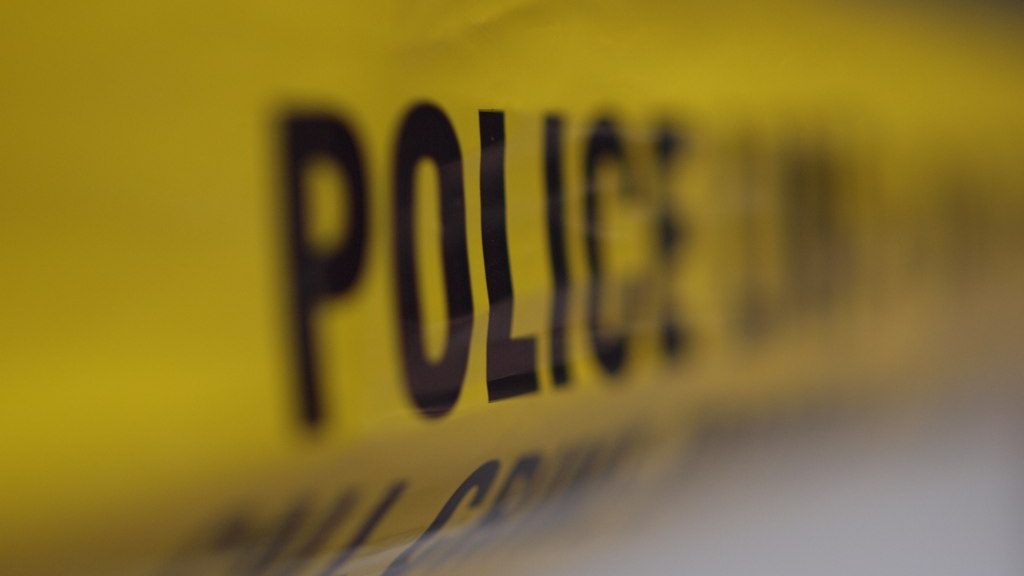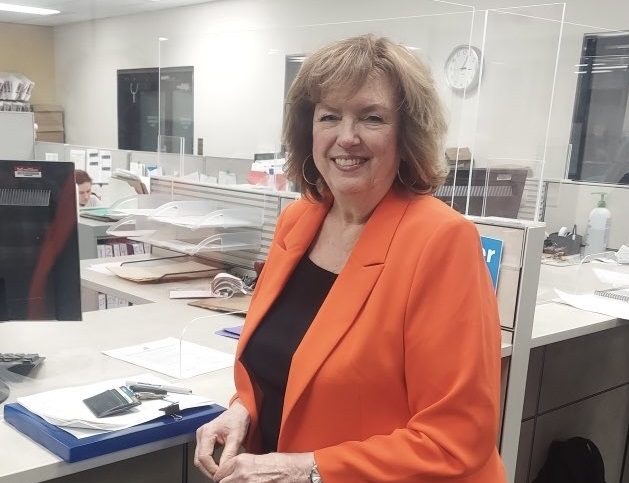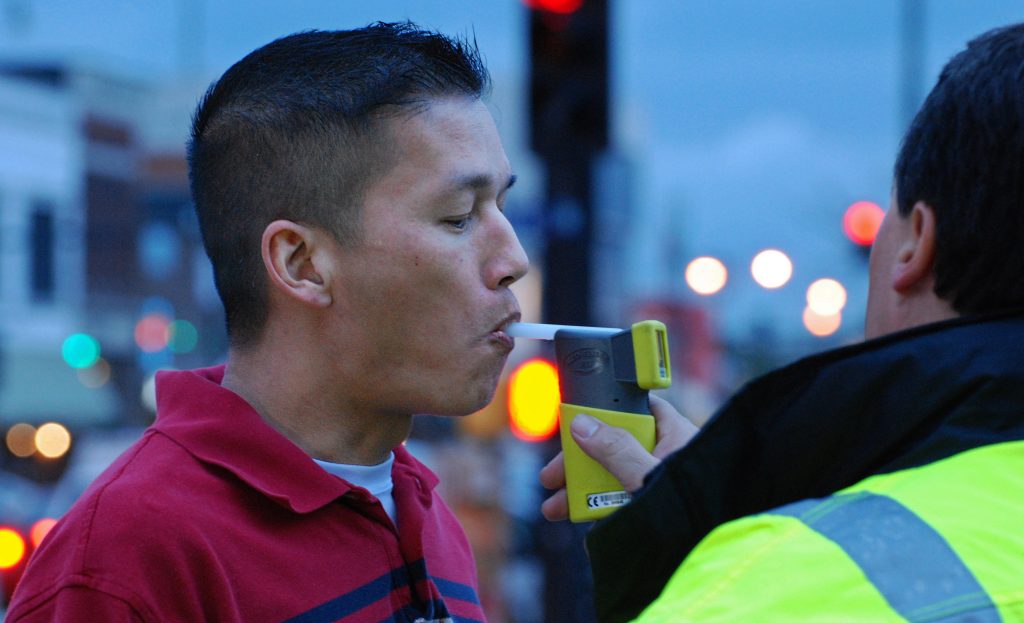Defence wanted Forcillo trial moved out of Toronto
Posted January 20, 2016 11:06 am.
Last Updated January 21, 2016 1:47 pm.
This article is more than 5 years old.
The shooting death of Sammy Yatim on an empty TTC streetcar in 2013 threw a spotlight on the Toronto police’s use of force, but the high-profile murder trial that followed almost took place outside the city.
Const. James Forcillo’s lawyers applied for a change of venue, asking that the trial be to held anywhere in Ontario except Toronto, because the publicity surrounding the shooting was so extensive.
Cellphone video showing the moments leading up to the deadly shooting was posted online and quickly went viral, with more than 1.5-million views on social media.
The defence argued that Forcillo would not receive a fair trial because of prejudice in the minds of Torontonians.
“(An opinion) once formed as a result of publicity, is resilient to change … potential jurors have biases of which they are themselves unaware and accordingly, cannot admit them,” University of Toronto psychology professor Dax Urbszat testified.
Over 100 articles about the shooting, produced by major news organizations, were closely examined.
Justice Edward Then ruled that 78 per cent of the articles were balanced and did not favour either. Twelve per cent were found to have supported Forcillo while 10 per cent were unfavourable toward the officer.
The defence also argued that the widely-publicized protests, vigils and petitions demonstrating sympathy for Yatim contributed to the belief among some Torontonians that Forcillo used excessive force. They also said that a change of venue was needed because of comments on social media about the “city burning” if there was an acquittal in the case.
After considering the case brought forth by the defence, Justice Then ruled that a fair and impartial trial could be achieved in Toronto and denied the change of venue application.
Criminal defence lawyer Enzo Rondinelli, who has been following the case from the beginning, said change of venue applications were more successful before the days fo the Internet. He added that the news footage and articles about the shooting are available on the web, whether you live in Thunder Bay or in Thornhill.
“It used to be easy when it was just the morning news paper or the evening newspaper, but today it’s a lot more,” he explained. “In my opinion, it’s just not as strong as it used to be in terms of the change of venue applications”
Forcillo has pleaded not guilty to second-degree murder and attempted murder in Yatim’s death.
The jury has heard that on a night in July 2013, Yatim had consumed the drug ecstasy before boarding a streetcar where he pulled out a small knife.
Videos and audio played at the trial have shown that Forcillo arrived on the scene, yelled repeatedly at Yatim to “drop the knife” and fired nine bullets at the teen after a 50-second confrontation.
Forcillo testified that he believed Yatim was about to attack him, which is why, in accordance with police training, he fired his gun.
Crown prosecutors argue Forcillo’s actions during the incident weren’t necessary or reasonable. Forcillo’s lawyer contends his client’s actions were justified and carried out in self-defence.
Other details the jury didn’t hear
Mistrial application
Forcillo’s lawyer sought to have a mistrial declared after arguing that he wasn’t being allowed to bring forward evidence to counter the Crown’s portrayal of Yatim as a drugged, confused teen in need of help. The judge presiding over the case dismissed the mistrial application, saying that it would be made “crystal clear” to the jury that Yatim’s state of mind was unknown to Forcillo and played no part in the officer’s decision to shoot. Justice Edward Then said the only issue for the jury in the case was to determine how Yatim’s conduct may or may not have been perceived by Forcillo, and whether his perception of that conduct was justified.
Yatim’s cellphone data
Brauti wanted to introduce evidence that would show Yatim conducted an Internet search from his phone on easy ways to commit suicide, supporting his suicide-by-cop theory. He also wanted to introduce text messages into evidence that would suggest Yatim was stressed, having financial problems and wanted to apply for welfare.
Yatim’s relationship with his father
The jury didn’t hear about Yatim’s allegedly troubled relationship with his father. Brauti said in court, while the jury wasn’t present, that Yatim was kicked out of the house by his dad some weeks before he was killed. The jury heard that Yatim asked for a phone to call his father on the night of his standoff with Forcillo. Brauti wanted to bring forward an expert on suicide by cop whose testimony could suggest Yatim didn’t want to call his father for help that night, but rather was suicidal and likely wanted to call his dad to blame him for his problems.










